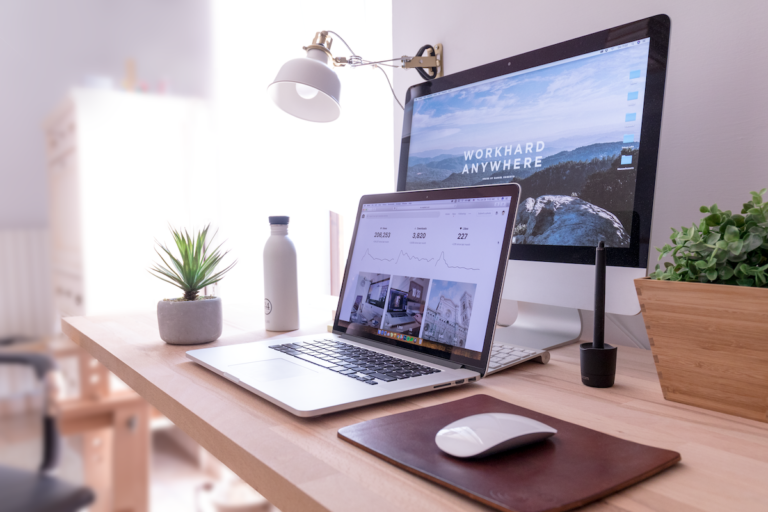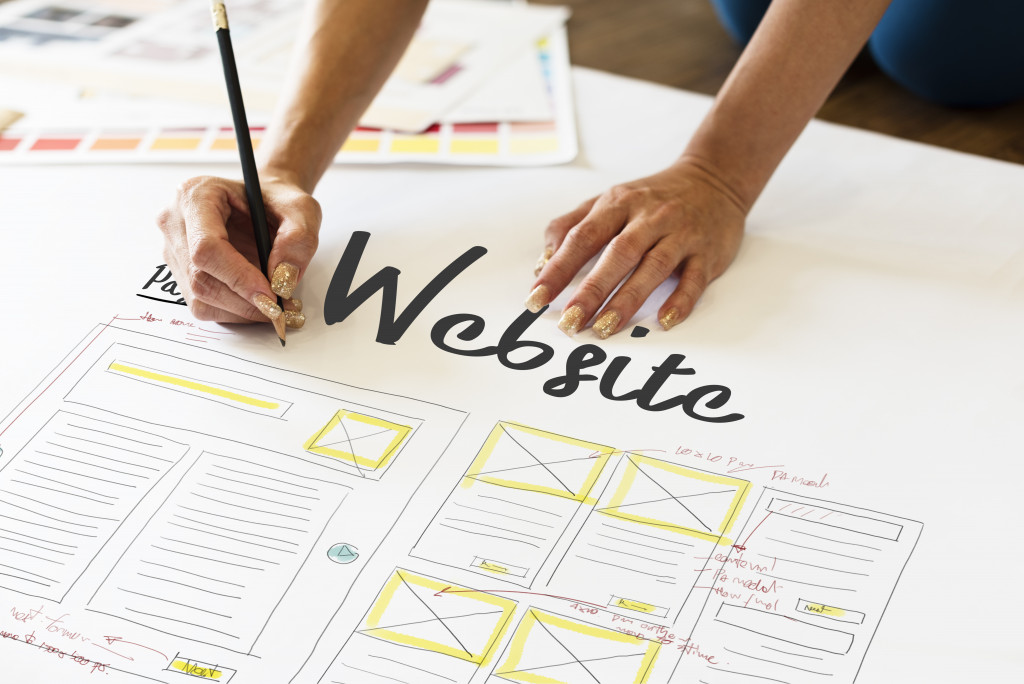For people who have been using an iPhone since the beginning of time, they might recall the app icons before Apple released iOS 7. The icons had a glass finish and drop shadows. It was as if the icons were embossed from the home screen.
Today, the latest iOS features flat icons. Gone is the glass finish and drop shadows. The App Store, Camera, and Settings icons still have a hint of the old ones. They look a little bloated compared to all the other third-party apps. Add a glass finish and a drop shadow, and it could look the closest to the design previous iOS had.
Huge tech companies, such as Microsoft and Google, had this change in their designs as well. Flat design is not only a vibrant and chic trend in design, but it also makes life easier for the audience and the system. One possible outcome is despite paying for the cheapest WordPress website maintenance packages, your website can still load faster.
Flat Design
Probably the most apparent features of flat design are simplicity and minimalism. Flat design lets go of elements that create a three-dimensional effect. It rejects the overuse of drop shadows, gradients, textures, and hyper-realistic illustrations. Instead, it incorporates simple illustrations (i.e. vectors), typography, and color palettes with strong contrasts. Because it lets go of all the excesses in design and leaves the users with what’s only needed, flat design is not stressful to look at.
Simple Illustrations
Here, “simple” is so limited to line art and one-color vectors. Illustrations in flat design can be as complex and intricate in detail and layers. However, the goal of these illustrations is not to achieve realism but to convey the essence of the thing it wants to convey. For example, the moon can be reduced to the shape of a quarter moon — no need for the right shadows, highlights, and craters. Humans know how to interpret symbols and signifiers, and flat design knows that.
Typography

The conveying of information through text is emphasized by using a hierarchy when it comes to typography. The most important information, the heading, should be the most apparent, the biggest, located at the top, and in the main typeface governing the theme. Then, the lease important information is under the heading. When there are several levels to it, the idea is to decrease the font size.
One would also notice than flat design commonly uses sans serif fonts because of its legibility. The most popular typefaces would be Helvetica, Montserrat, and Gotham. Depending on their weight, they can be very in-your-face or just enough to not hurt your eyes while reading.
Color Palettes
Color palettes can be black and white or follow a wide range of colors. Designers, however, use bold and bright colors for flat design. They pick out colors that match by the tone and saturation instead of traditional color pairings that rely on the color wheel and such. They also play around with different hues and shades of a color or two. The design can have bright colors, retro colors, earth tones, or monotones.
These stark variations in color create an illusion of dimension on the design. Since minimalism is crucial to flat design, elements like dividers are often abandoned and replaced by the contrasting of colors. The same goes for emphasizing the text. Instead of adding more elements, like drop shadow or underlines, colors do the job.
Why Use Flat Design?
Almost everyone is doing it, and it’s for a good reason. The flat design increases the readability of the interface or the website. If you’re a blog, a simple theme or layout will allow the reader to focus on the important aspects of the page because of its straightforward design.
Flat design is also made for responsive layouts. Since people now browse on their smartphones, tablets, laptops, and desktops, the app or the website should adapt to varying screen sizes. Because flat design is simple, the system doesn’t need to render elements that would just make the design intricate even though hardly noticeable in small screens.
Because there are essentially fewer elements, it would mean that there is less for the system to render. Let’s take for example a Photoshop project. Having too many layers on the project means there’s more for you to process and so does the computer. By compressing a logo to a mere square, for example, there’s less work and fewer layers.
Perhaps, the most important lesson flat design can teach people is that minimalism isn’t all that bad. Sometimes, less really is more.












